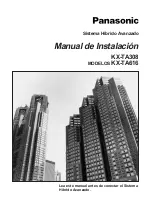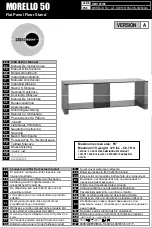
14
Description
TB9400 Installation and Operation Manual
© Tait International Limited
November 2019
For more information on these applications, refer to the Help and
appropriate Tait System Manual. See
1.2.2
DMR/MPT
In a DMR Tier 2 conventional network, the base station can operate as a
stand-alone repeater, or as a member of a multi-site system (under the
supervision of a DMR conventional node). Since DMR provides two
logical channels (timeslots) simultaneously for each radio frequency
(physical channel), the same frequency can be accessed simultaneously,
one in each timeslot. Base stations on different sites can be linked together
to form channel groups. A base station can support two channel groups, one
in each timeslot.
In a DMR Tier 3 trunked network, the base station can operate as a traffic
channel or a control channel. With two logical channels for each radio
frequency, a single base station can provide two traffic channels, two
control channels, or both a traffic channel and a control channel.
In an MPT network, the base station operates as a control channel or as a
traffic channel. The base station operates with a trunking node or in
fallback operation. MPT fallback provides trunking and conventional
operation.
In analog operation, the base station operates as a conventional repeater
with CTCSS or DCS subaudible signaling.
With the DMR/MPT operation, channel groups can comprise a mixture
of base station types. TB9400, TB7300 and TB9300 base stations are
fully compatible and have identical timing in simulcast operation.
For more information, refer to the DMR System Manual (
MNB-00010-
xx
).















































